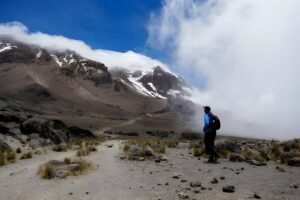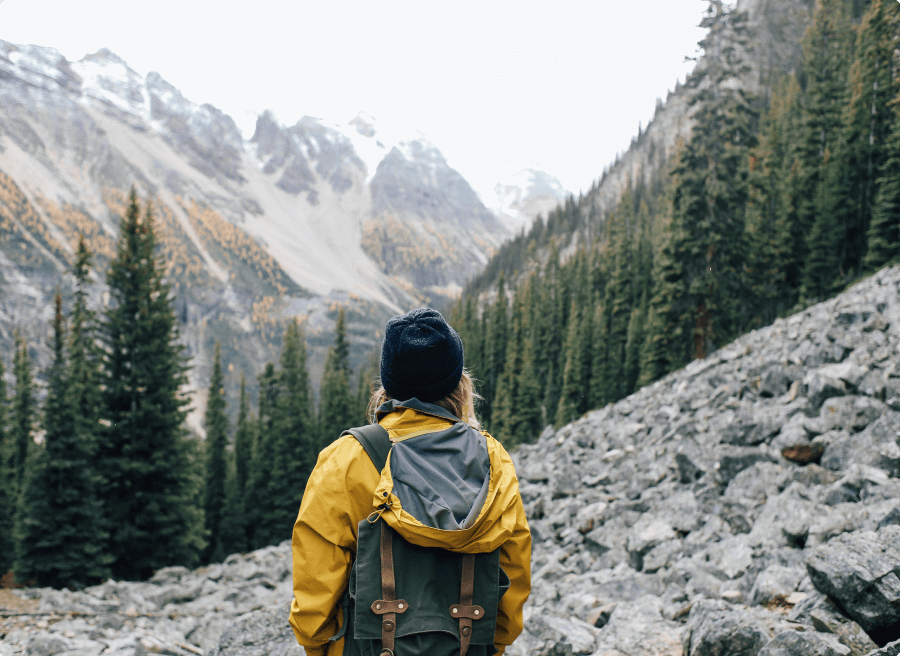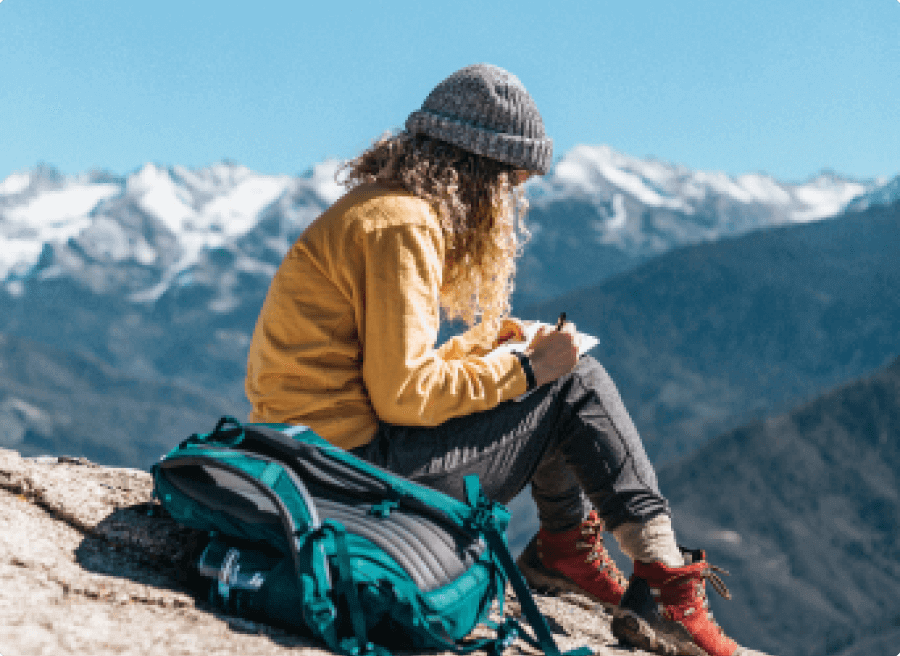Ultimate Kilimanjaro Altitude Sickness – 2025 Prevention & Safety Guide : Altitude sickness is the #1 reason climbers fail to reach Uhuru Peak—Africa’s highest point on Mount Kilimanjaro. As beautiful as the climb is, it comes with risks if you ascend too quickly or without proper preparation. In this Kilimanjaro altitude sickness guide for 2025, we cover what it is, how to spot it early, and what you can do to prevent it.
Ultimate Kilimanjaro Altitude Sickness – 2025 Prevention & Safety Guide : 🏔️ What Is Altitude Sickness?
Altitude sickness—also known as Acute Mountain Sickness (AMS)—is a condition caused by the lack of oxygen at higher elevations. Kilimanjaro rises to 5,895 meters (19,341 feet), which can impact even fit and experienced hikers.
Ultimate Kilimanjaro Altitude Sickness – 2025 Prevention & Safety Guide : ⚠️ Common Symptoms to Watch For
Symptoms usually start above 2,500 meters and worsen with elevation gain. Common signs include:
-
Headache
-
Nausea or vomiting
-
Dizziness or lightheadedness
-
Loss of appetite
-
Insomnia
-
Fatigue
-
Shortness of breath at rest
If ignored, altitude sickness can progress to HAPE (High Altitude Pulmonary Edema) or HACE (High Altitude Cerebral Edema)—both are life-threatening.
Ultimate Kilimanjaro Altitude Sickness – 2025 Prevention & Safety Guide : ✅ Best Kilimanjaro Routes for Acclimatization
Certain routes offer better acclimatization because they are longer and follow the “climb high, sleep low” method.
Top Routes for Altitude Safety:
-
Lemosho Route (8 days) – Very gradual ascent
-
Northern Circuit (9 days) – Longest route with great acclimatization
-
Machame Route (7 days) – Offers good success rate with proper pacing
🟡 Avoid shorter routes like the 5-day Marangu, unless you’re highly acclimatized or time-limited.
Ultimate Kilimanjaro Altitude Sickness – 2025 Prevention & Safety Guide : 💡 Prevention Tips for Altitude Sickness on Kilimanjaro
1. Climb Slowly
-
Choose routes with 7+ days
-
Follow your guide’s pace—pole pole (slowly)
-
Avoid racing up the mountain
2. Stay Hydrated
-
Drink 3–4 liters of water daily
-
Dehydration increases altitude sickness risk
3. Eat Well
-
Even if you feel nauseous, try to eat
-
Carbs help with energy at altitude
4. Sleep Low
-
Routes that let you “climb high, sleep low” (like Lemosho) give your body time to adjust
5. Consider Medication
-
Diamox (acetazolamide) is commonly prescribed to prevent AMS
-
Take only under the advice of your doctor
6. Listen to Your Body
-
Don’t ignore headaches or extreme fatigue
-
Alert your guide early—guides are trained to detect and act on AMS signs
Ultimate Kilimanjaro Altitude Sickness – 2025 Prevention & Safety Guide : 🆘 What Happens If You Get Sick?
If symptoms worsen:
-
Your guide will initiate descent—descending even 300m can bring rapid relief
-
You may receive oxygen or first aid if needed
-
In serious cases, evacuation by stretcher or helicopter is possible
🏥 Make sure your travel insurance covers evacuation above 4,000m
🎒 Essential Gear to Help Prevent AMS
-
Hydration bladder (CamelBak)
-
Energy snacks
-
Warm layers (cold worsens symptoms)
-
Pulse oximeter (optional, but helpful for tracking oxygen levels)
-
Diamox (if prescribed)
✅ View Full Kilimanjaro Packing List →
🖼️ Image Alt Tags
-
Trekkers resting and hydrating on the Lemosho Route – 2025 Kilimanjaro climb
-
Guide checking climber’s pulse and symptoms at high altitude
-
Warning sign about AMS on the trail to Uhuru Peak
🔗 Internal Links
🌐 External DoFollow Link
🏁 Final Thoughts
Don’t let Kilimanjaro altitude sickness ruin your summit dream in 2025. With smart route selection, proper pacing, hydration, and awareness, you can drastically improve your chances of standing on the Roof of Africa—strong, safe, and smiling.
Altitude is serious. Respect it—and prepare wisely.








